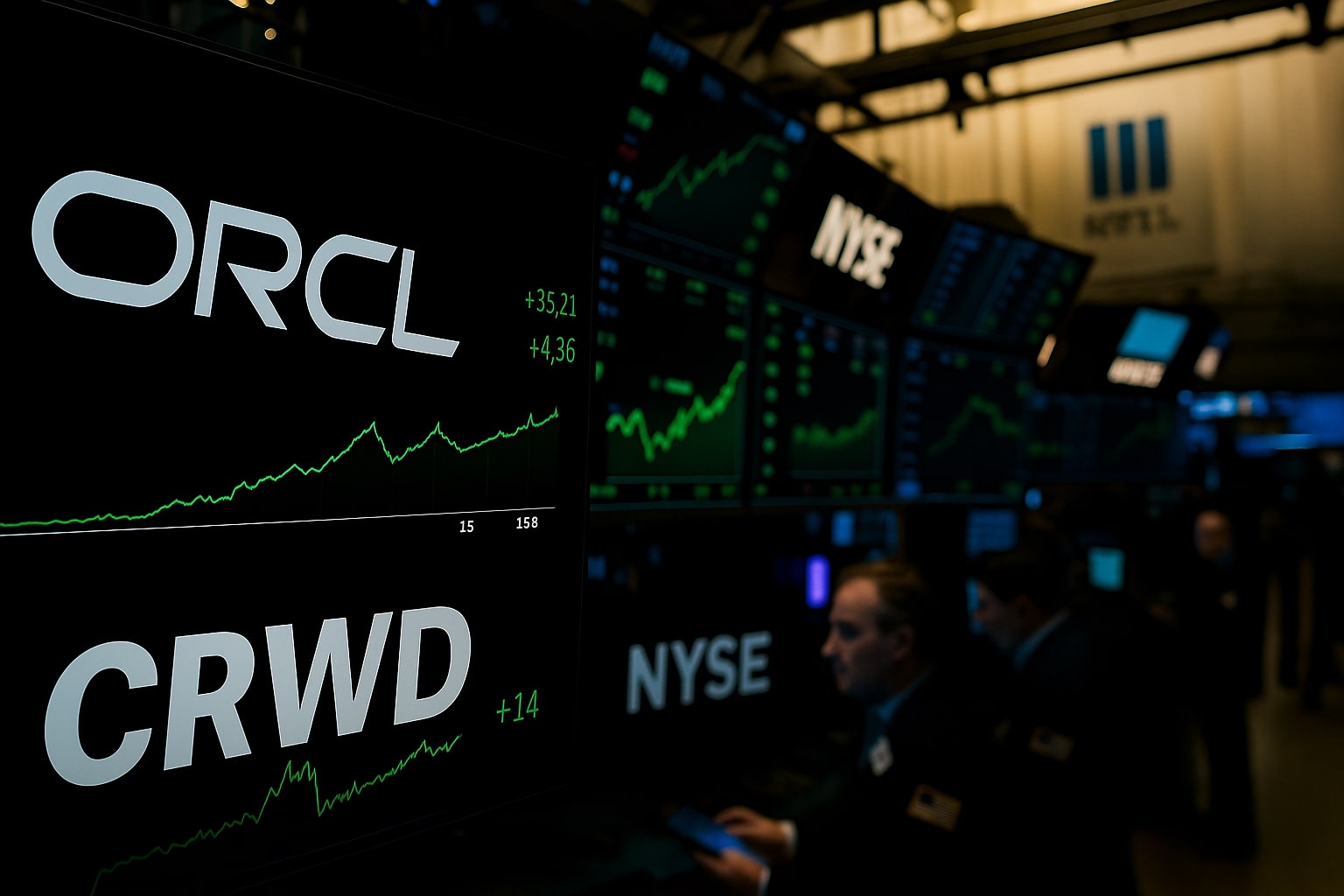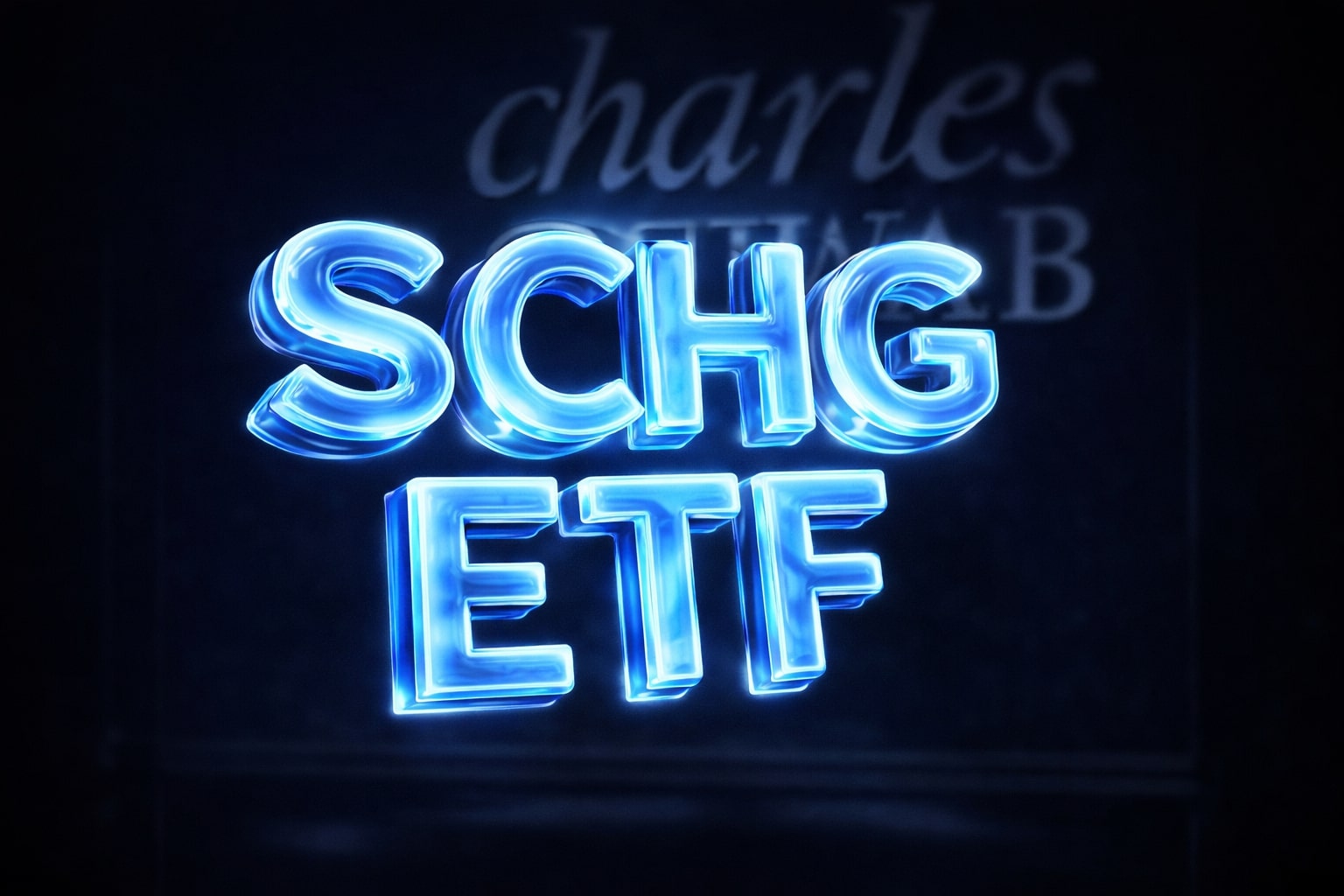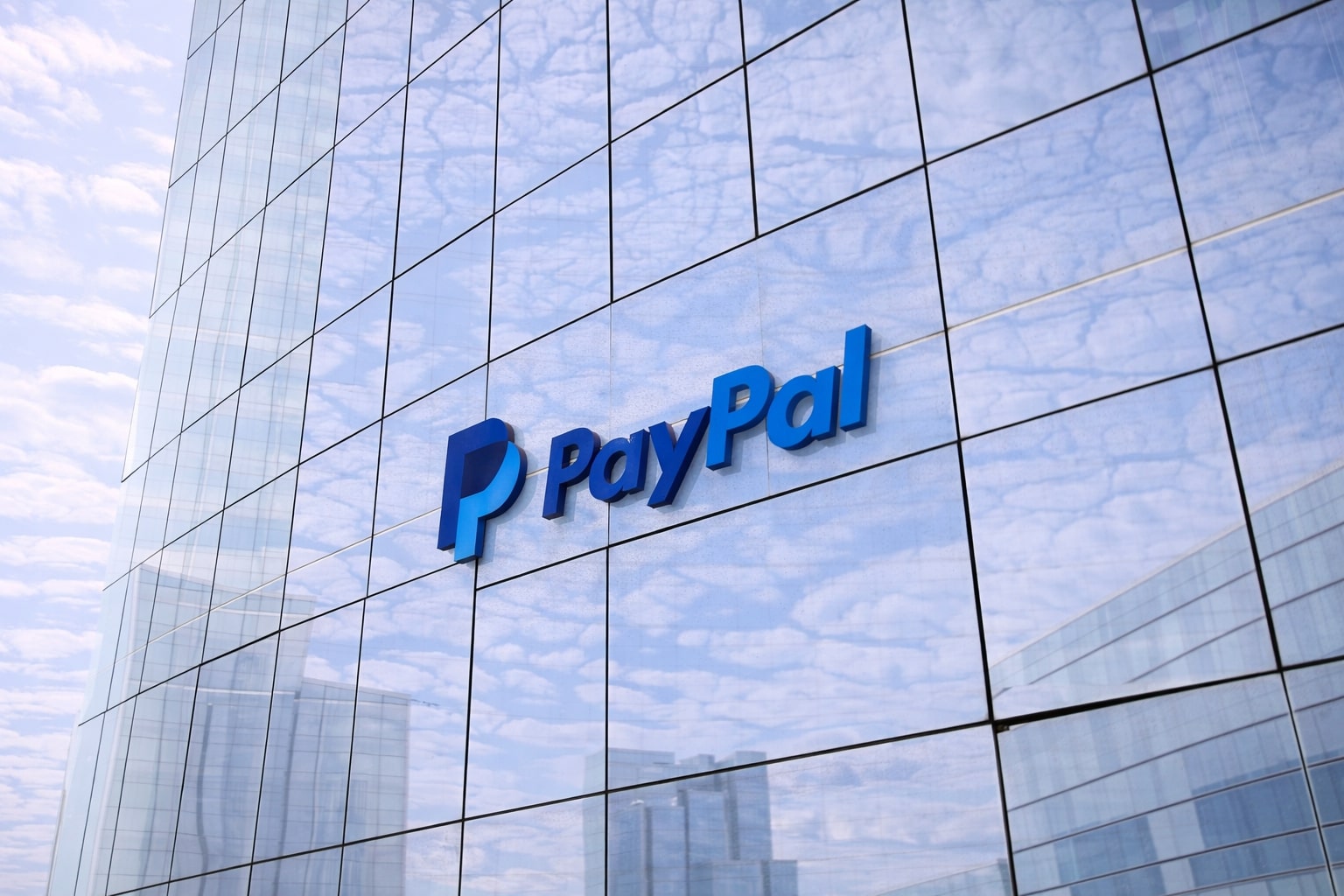
Oracle Stock vs CrowdStrike Stock - ORCL at $292, CRWD at $436
ORCL rides a $455B backlog with heavy debt, while CRWD grows 21% with Charlotte AI. Which AI-driven stock offers better long-term value? | That's TradingNEWS
NYSE:ORCL vs NASDAQ:CRWD — Two Paths in the AI Era
Oracle Corporation (NYSE:ORCL) closed Friday at $292.18, down 5.09%, while CrowdStrike Holdings (NASDAQ:CRWD) finished at $436.10, up 0.63%. Both companies are deeply tied to AI-driven demand, yet their business models, financial structures, and valuation frameworks could not be more different. Oracle, an $830 billion software infrastructure giant, is betting heavily on multi-cloud integration and AI-enabled enterprise workloads. CrowdStrike, valued at $109 billion, is pushing the boundaries of AI-powered cybersecurity with its Falcon platform and Charlotte AI. Investors evaluating the two must weigh maturity and scale against high-growth, premium-priced execution.
Financial Scale and Market Position
Oracle generated $59.02 billion in trailing twelve-month revenue, with a net income of $12.44 billion, reflecting a healthy 21% profit margin. By contrast, CrowdStrike’s revenue stood at $4.07 billion with a net loss of $296.99 million, underlining its reinvestment-heavy model. ORCL’s operating margin is 31.44%, while CRWD’s is -6.38%, highlighting the profitability gap. Oracle holds a P/E ratio of 67.63, with forward expectations at 42.73, expensive relative to historical levels but still tied to GAAP earnings. CrowdStrike trades at a forward P/E of 123.46 with a PEG of 4.93, making it one of the priciest names in cybersecurity. Investors are effectively paying for Oracle’s scale versus CrowdStrike’s hypergrowth story.
AI Growth Engines
For ORCL, AI adoption is reshaping its cloud infrastructure strategy. A backlog of $455 billion and a mega-deal with OpenAI for cloud infrastructure underpin expected 77% OCI growth in FY2026. Oracle’s pivot from AI training toward inferencing allows it to leverage existing enterprise data, reinforcing its entrenched ERP and database customer base.
CRWD is seeing its AI engine embedded directly into workflows. Charlotte AI’s adoption soared 85% in Q2 2026, cutting investigation times from four days to one hour. Its ARR now stands at $4.66 billion, with growth in next-gen SIEM (up 95% YoY) and exposure management exceeding $300 million ARR. Oracle sells AI as infrastructure; CrowdStrike sells it as security automation. Both markets are expanding but appeal to very different enterprise budgets.
Cash Flow and Balance Sheet Strength
Oracle’s operating cash flow of $21.53 billion is being consumed by a $35 billion CapEx program, leaving free cash flow negative at -304 million. Its debt load is high at $105.41 billion, with a debt/equity ratio above 427%, raising solvency concerns despite its profitability.
CrowdStrike, conversely, holds $4.97 billion in cash against $810 million debt, a far healthier balance sheet relative to size. Levered free cash flow is positive at $1.44 billion, funding growth without the same reliance on debt. While Oracle has scale, CrowdStrike offers cleaner financial flexibility.
Insider and Institutional Activity
Oracle insiders have been less active, but institutions control the majority of its float, with steady confidence in its AI and multi-cloud roadmap. Full details can be tracked on Oracle’s stock profile and insider activity page.
CrowdStrike insiders, however, have sold aggressively. CFO Burt Podbere sold 11,883 shares at $455.47, while Director Roxanne Austin trimmed nearly $5 million worth of stock at $512.65. In total, insiders offloaded $67.3 million in the last 90 days, signaling profit-taking. Despite that, institutional inflows remain strong: Vanguard leads with 22.8 million shares and Jennison Associates boosted holdings by 6.56 million.
Read More
-
SCHG ETF Near $33 High As AI Giants Drive 19% 2025 Rally
01.01.2026 · TradingNEWS ArchiveStocks
-
XRP-USD Stuck At $1.87 As XRPI Near $10.57 And XRPR Around $14.98 Despite $1.16B ETF Wave
01.01.2026 · TradingNEWS ArchiveCrypto
-
Natural Gas Price Forecast - NG=F Slides Toward Key $3.57 Support As Ng=F Extends 33% Drop
01.01.2026 · TradingNEWS ArchiveCommodities
-
USD/JPY Price Forecast - Yen Near 156 As Fed Cuts Meet Boj Hawkish Turn
01.01.2026 · TradingNEWS ArchiveForex
Valuation and Market Outlook
At $292, Oracle trades at 14.26x price-to-sales and is priced for continued AI and cloud momentum, though stretched relative to historic multiples. Analysts see upside to an average $330.34 price target, with the bull case extending toward $410.
CrowdStrike at $436 trades at 24.89x price-to-sales, nearly double Oracle’s multiple, reflecting its stronger growth profile. Analysts’ average target is $469.58, with highs set near $610, but valuation risk is extreme. The RSI remains neutral for both, but Oracle looks primed for consolidation, while CrowdStrike’s technicals point to a range between $412–$500 depending on upcoming earnings.
Buy, Sell, or Hold?
Oracle (NYSE:ORCL) is a Hold at current levels. Its AI-driven backlog and OpenAI deal provide a strong long-term foundation, but its high debt and margin pressures limit near-term upside. Investors holding should ride momentum but avoid fresh buys until valuations ease.
CrowdStrike (NASDAQ:CRWD) is a High-Risk Buy for growth investors, Hold for conservative portfolios. With 21% revenue growth, $1.44 billion free cash flow, and Charlotte AI adoption surging, CRWD is executing well, but its premium valuation leaves no margin for error. Both stocks ride the AI wave, but Oracle represents scale with balance sheet strain, while CrowdStrike offers agility with valuation risk.


















